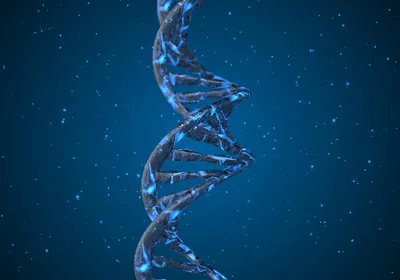ABOVE: tami tolpa
When a neutrophil encounters a pathogen, it can respond in several ways: phagocytosis, degranulation, or by releasing neutrophil extracellular traps (NETs). In NET release, shown here, the enzyme complex NADPH oxidase generates reactive oxide species (ROS), which in turn initiate the disintegration of granules, releasing neutrophil elastase (NE). NE then migrates to the neutrophil’s nucleus, where it cleaves proteins that package the cell’s DNA as chromosomes. The chromatin expands until it fills up the entire cell, which breaks open and extrudes the NET into the extracellular space. There, the webs are thought to trap and kill the triggering pathogens.
When a neutrophil encounters a pathogen, it can respond in several ways: phagocytosis, degranulation, or by releasing neutrophil extracellular traps (NETs). In NET release, shown here, the enzyme complex NADPH oxidase generates reactive oxide species (ROS), which in turn initiate the disintegration of granules, releasing neutrophil elastase (NE). ...




















